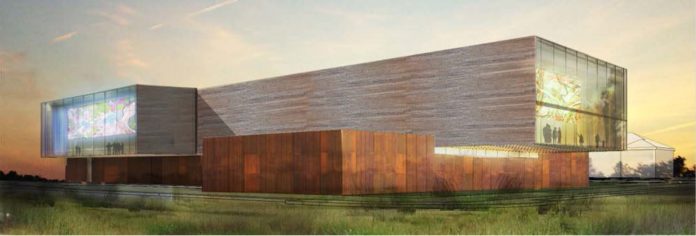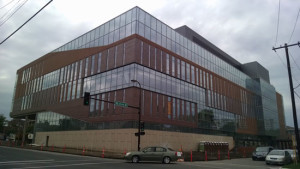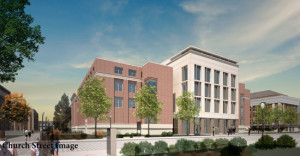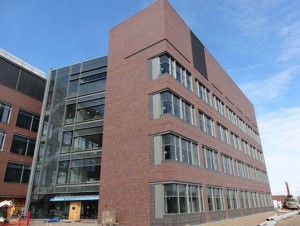Anybody who graduated from the University of Minnesota before 2000 may marvel at how the Twin Cities campus has changed over the years. New streets, a new stadium, a light rail train running down Washington Avenue, shiny new apartments and luxury high-rise living for students, and ten new– of vastly expanded–buildings have been constructed on the state’s largest college campus over the last fifteen years. The University has spent just under $1 billion dollars since 2010 on new buildings and building renovations on the Twin Cities campus per the Capital Planning and Project Management Office. Another $39 million has been spent on new building projects on it’s satellite campuses in the same time period. This dollar amount does not include utility facilities, street construction,bike paths, or other building maintenance projects.
Governor Dayton’s $1,4 billion bonding request includes another $71 million for two new buildings at the U’s main campus, as well as $27 million for a new building at the Duluth campus, and an additional $55 million for Higher Education Asset Preservation and Replacement (HEAPR) projects in the U of M system.
Here are some of the new U buildings taxpayers have funded in recent years:
New Bell Natural History Museum and Planetarium, $57.5 million (to be completed Summer 2015)
Crookston campus Rec and Wellness Center, $15 million (to be completed Summer 2016)
New 342,000 square foot Abulatory Care Center for the University of Minnesota Physicians, $165 million, (completed November 2015)
Renovation of the Tate Science and Teaching building for 350 faculty. post-doctorate, graduate students, and visiting researchers at the Schools of Physics and Astronomy and Earth Sciences, $92.5 million (fully funded by Gov Dayton’s 2014 bonding bill) Fall 2017 completion
New 89,325 square foot Microbiology research building, $60.56 Million (completed Fall 2015)
Dayton’s bonding request includes $27.2 million for a new chemistry building on the Duluth campus, $66.7 million for a new health sciences building on the Twin Cities campus, and $4.4 million for a new plant growth building on the St. Paul campus.
The U’s system-wide enrollment was 60,433 students in 2001, and has grown by 10% to 66,651 students in 2015, despite resident undergraduate tuition rates jumping from $5,002 to $12,240 during that same period.
















